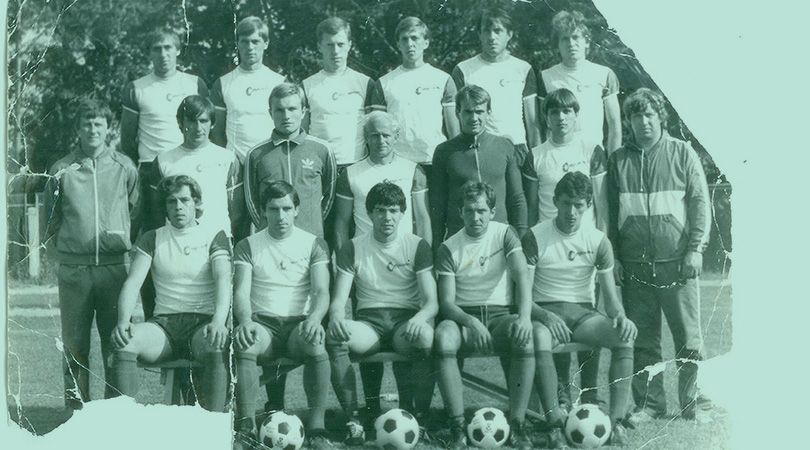The time was 01:23 am on April 26th 1986. The first explosion was quickly followed by a second sending the 1,000 ton roof of reactor number four of the Chernobyl powerplant, the subsequent fireballs and deadly levels of radiation high into the night’s sky. The events of that fateful night had catastrophic consequences not only for the people of the Soviet Union, but also the rest of the world. There is no place in the world where radioactive debris from Chernobyl was not present.
The nearby workers city of Pripyat was forced to evacuate. The residents were told to pack their essentials on the promise they would return home in a few days’ time. They never did. The buses came from all over of the country to evacuate all the fifty thousand residents of Pripyat. On May 5th, the evacuation of people living in the exclusion zone (30 km radius around Chernobyl) was finished. As a result, most personal belongings were left behind and remain there to this day.
Today, people are forbidden from entering the zone, with the exception of ex-residents and those with a permit, such as tourists and workers.
The City of Pripyat
The city of Pripyat is located in northern Ukraine, about 80 miles north of Kiev. The city was first founded in 1970 as the ninth ‘Atomgrad’ or nuclear city in the Soviet Union. The city was to be the home for the workers of the nearby Chernobyl Nuclear Power Plant. The city had pretty much all the amenities you’d expect from a big city including 20 kindergartens and schools, 25 shops and malls, 27 cafes and restaurants, a theatre, a fairground and two sports stadiums, one of which was the 5,000-capacity Avanhard Stadium – home of FC Stroitel Pripyat.
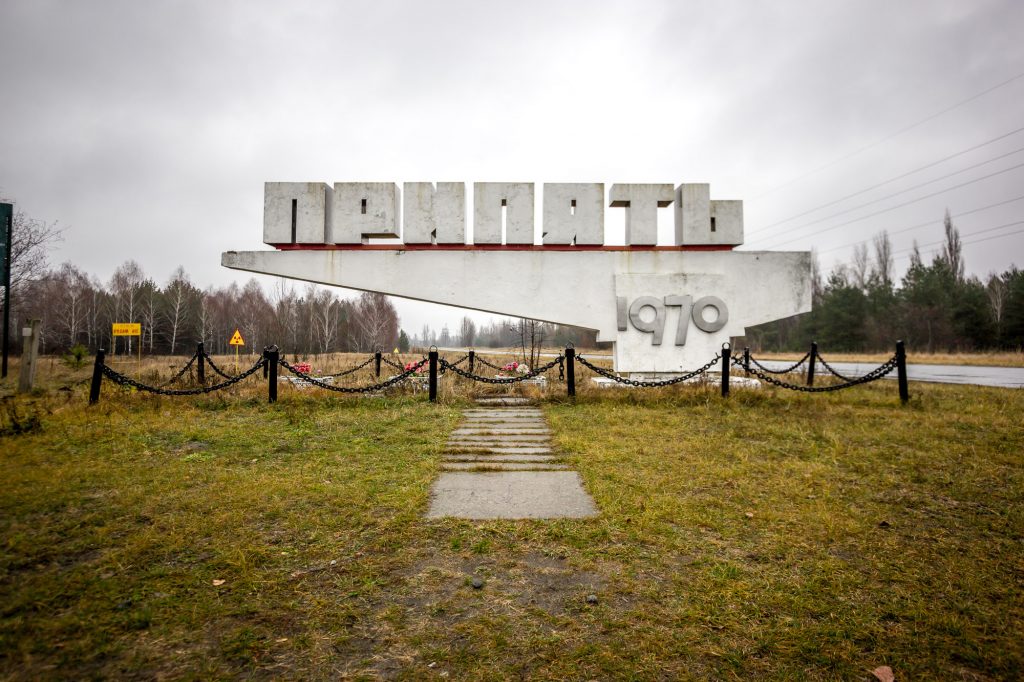
The city was built to accommodate an estimated population of 75,000. According to the last pre-Chernobyl census in 1985, Pripyat had around 48,000 residents but that number was growing rapidly. The annual population growth was more than 1,500 people and people of 27 nationalities lived and worked in the city before the disaster.
After the disaster, the city of Slavutych was constructed to replace Pripyat. Located around 45 miles away from Pripyat, the city was purpose built to provide homes for those who had worked at the Chernobyl power plant and their families. The city is now mostly home to survivors of the disaster, among them about 8,000 adults who were children when the disaster occurred.
Football in Pripyat
Sport played a big part in the day-to-day lives of the people in the Soviet Union. It played an important role in Soviet society, and was incorporated by the state into the daily lives of its citizens, and in Pripyat it was no different. Although sports like ice hockey, boxing and basketball were popular, football was by far the most popular sport during the Soviet era.
The founding football team in the city was a team called FC Stroitel Pripyat. Stroitel translates as builder, and is a nod to the founders of the team who were men working on the construction of the Chernobyl plant and the city of Pripyat. The team was supported by Vasily Kizima, the director of construction who was very keen to see a thriving football team in the area.
FC STROITEL PRIPYAT
The club was founded during the mid-1970s and originally played their games in a much smaller stadium in the city, whilst the larger Avanhard Stadium was being built. The first assembled squad was made up from players from another local team from the neighbouring village of Chistogalovka. The village had a reputation in the Kyiv region for having one of the best football teams in the region, and due to its proximity to Pripyat it was a perfect place for Kizima to start poaching young talent to build his squad. Money talks too! Some of these players were on the payroll of the power plant, despite not doing any work in the plant. Eventually, a squad of proven local footballers mixed in with workers from the power plant was assembled and Stroitel were ready to start competing.
HOW DID FC STROITEL GET ON?
In their early years, the club competed in the amateur cup and league competitions of the Kiev region. They were fairly dominant in the amateur game, and quickly enough became champions of the region under the leadership of former Dynamo Kyiv and Chornomorets Odessa player Stanislav Goncharenko.
Goncharenko then led Stroitel to a further two regional championship crowns, securing Stroitel’s status as the region’s best amateur football team. In 1981, the team was invited to play in the KFK Championship. This tournament was essentially competed by amateur teams from across Ukraine who were then divided into zones, the winners of each zone would then participate in a final knockout tournament to declare the winner. The winners would receive the title of national champion and a spot in the second league of the Soviet Union championship, thus gaining the opportunity to gain the status of a professional football club.
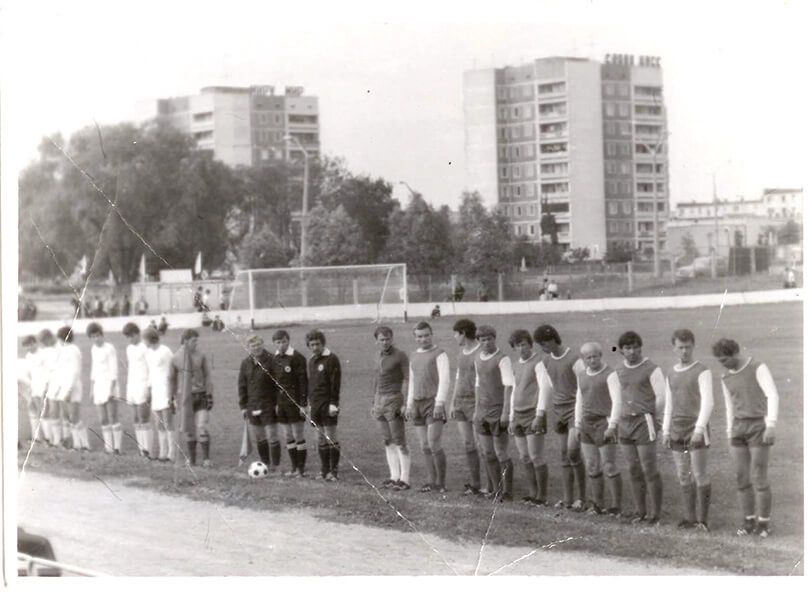
The team had a very mixed bag of results in the KFK championship between 1981 and 1985. In their maiden season, Stroitel managed a very respectable fifth place finish in a league of eleven teams, however in the following year the team performed extremely poorly – finishing rock bottom of the third zone with only two wins to their name.
Over the next few years Stroitel achieved a few mid table finishes in the KFK championship, but continued to win the local amateur divisions. It wasn’t until 1985 when Stroitel began to find some success in the KFK championship. Stroitel finished as runners-up in the KFK Championship, behind the eventual champions Neftyanik Akhtyrka. During that campaign, Stroitel set a divisional record for the most goals scored in a single match, scoring a remarkable 13 goals against Lokomotiv Znamenka.
As such, due to their improving statue in the game it was decided that a new stadium was to be built to help take the club to the next level. Stroitel were playing their games in a multi-use sports stadium that wasn’t equipped for an ambitious team hoping move up the ranks of the Soviet football pyramid. The team would regularly sell out for home games, so the plans included additional seating to double the capacity of the old ground. A much larger, football specific stadium was to be a huge step forward for the club. Consequently the building of the Avanhard Stadium was commissioned, with the opening game pencilled in for May 1st, 1986. This date is significant as it was the Soviet Workers’ Day, thus making it a great opportunity to pack the new stadium to its rafters.
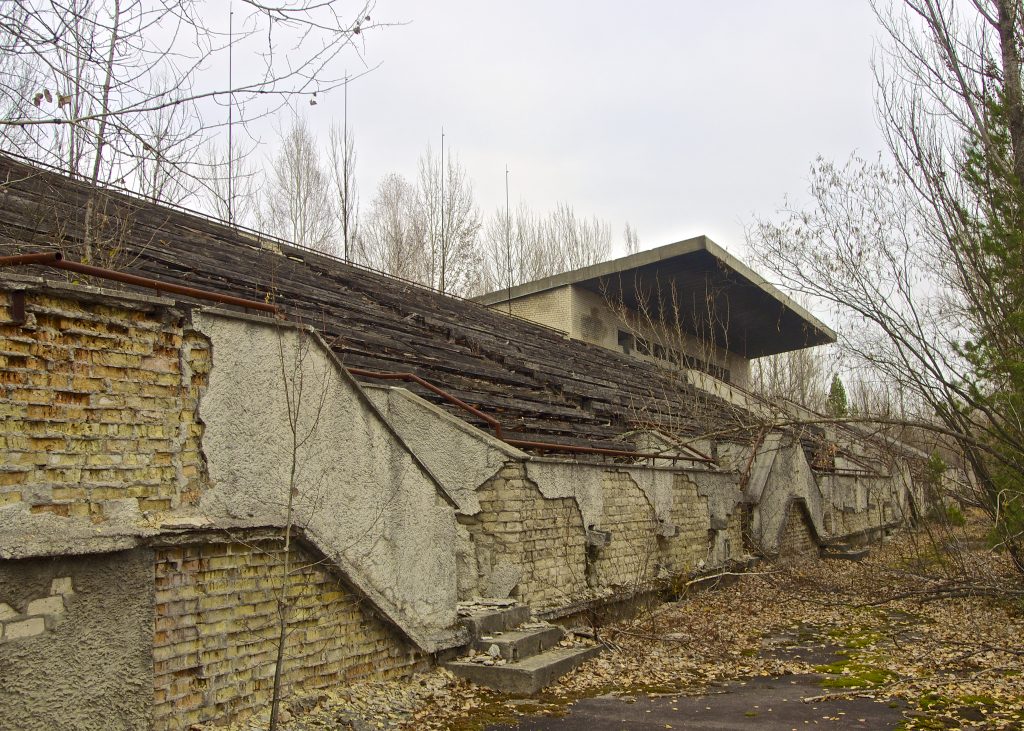
Unfortunately for FC Stroitel, any momentum they gained from a strong showing in 1985, and any hopes of playing in the new stadium were destroyed by the events of that fateful night on April 26th 1986. The team would never play in their new ground.
WHAT HAPPENED TO THE CLUB AFTER THE DISASTER?
On the same day as the explosion at the plant, Stroitel were due to host fierce local rivals Mashinostroiteli Borodyanka in the semi-final of the Kyiv regional cup. However, during the training session of the away side a helicopter landed on the pitch where the players were training before the game. Out stepped a group of men in full radioactive protection suits who informed Viktor Zhilin, the coach of Mashinostroitel, that the game had been cancelled. This was to be the final time FC Stroitel Pripyat was be known as a team from Pripyat.
Stroitel Pripyat withdrew from the 1986 KFK Championship, and along with the rest of the city, they were relocated to the newly built city of Slavutych. However, in 1987 they were back! The club rebranded as FC Stroitel Slavutych and once again competed in the KFK Championship.
In the 1987 season, despite losing a large chunk of their players to rival teams, the team finished third with 21 points from 16 games – narrowly losing out on a runners up spot. Unfortunately for Stroitel, they couldn’t kick on from here. After a disappointing eighth place finish in the 1988 season, tied in with a whole host of the first team squad seeking pastures new, the decision was made to dissolve the club. This was the end of FC Stroitel Pripyat.
This loss of the football club is one of many memories that was lost as a consequence of the explosion. The Avanhard Stadium still stands in the now much overgrown ghost town of Pripyat, and is a popular stop on the tourist trail.
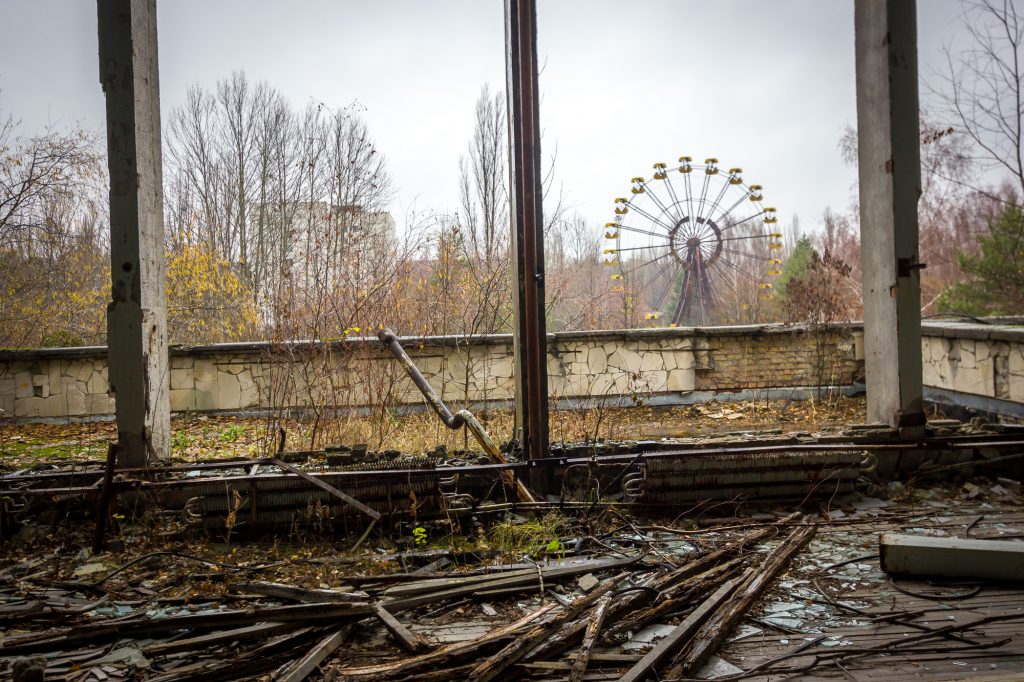
If you’d like to see the stadium for yourself, as well as the rest of what Pripyat and the surrounding areas have to offer, YPT have been running group and independent tours into the region for years. You can see our full Chernobyl schedule here, or if you’d like a private tour to some more excusive spots you can find more information here.
